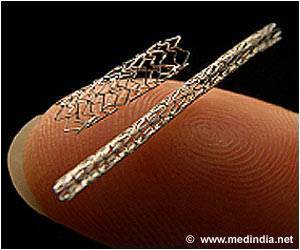The appearance of sub-clinical atherosclerosis can be predicted by the identification of a molecule CD69 in blood cells, independant of classic cardiovascular diseases.
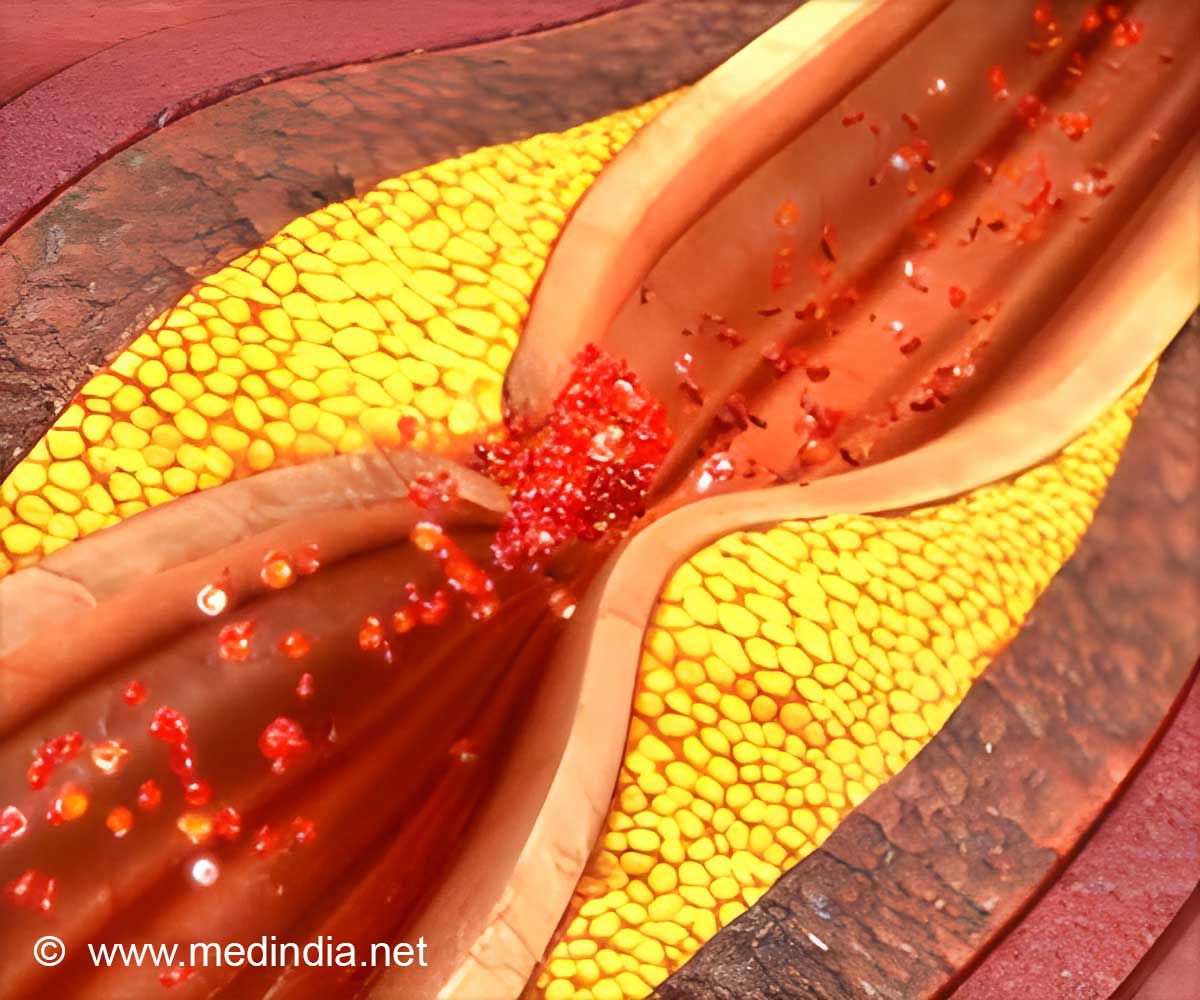
TOP INSIGHT
The discovery provides a breakthrough in the prevention strategy of cardiovascular disease.
The study was a collaboration between the CNIC research groups led by Sánchez-Madrid and Pilar Martín. The study identifies the molecule CD69 as a T cell receptor for oxidized lipoproteins that contributes to the control of inflammation and thus prevents the development of atherosclerosis. "Binding of LDLox to CD69 triggers the adoption of an anti-inflammatory profile by T lymphocytes that protects against the development of atherosclerosis in mice and humans," explained Pilar Martín. For this research project, the team used mice lacking the CD69 gene. The project was supported by the Spanish Cardiovascular Disease Research Network (CIBER-CV) as was conducted in partnership with José Martínez González, whose group is based at the Instituto de Investigaciones Biomédicas in Barcelona (IIB-Sant Pau).
The clinical relevance of the study is demonstrated by the results of an analysis of lymphocyte-expressed CD69 in blood samples obtained from 305 participants in the PESA project (Progression of Early Subclinical Atherosclerosis). PESA is a prospective study that uses advanced imaging techniques to detect the presence of atherosclerotic plaques in overtly healthy individuals. This part of the study was conducted in partnership with the PESA project investigators Valentín Fuster and Borja Ibáñez and the CNIC technical units focused on Bioinformatics (Fátima Sánchez-Cabo), Genomics (Ana Dopazo), and Proteomics (Jesús Vázquez). The PESA study is a joint project between the CNIC and Banco Santander and is led by Dr. Fuster. The study evaluates the presence and progression of atherosclerosis in more than 4000 middle aged participants.
The results of the Circulation study show that the expression of CD69 in circulating lymphocytes correlates inversely with the presence and extent of subclinical atherosclerosis. Cardiovascular disease is the single largest cause of death in the world, and preventive strategies for this disease are therefore a major priority.
 MEDINDIA
MEDINDIA
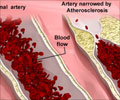
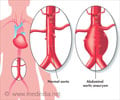
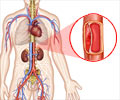
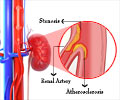
 Email
Email







